Frankly admit the bottleneck
According to statistics from the Department of Industry (Ministry of Industry and Trade), the automobile industry is importing 80% of its production components. Currently, the country has 377 automobile enterprises, of which 169 are FDI enterprises, accounting for 46.43%.
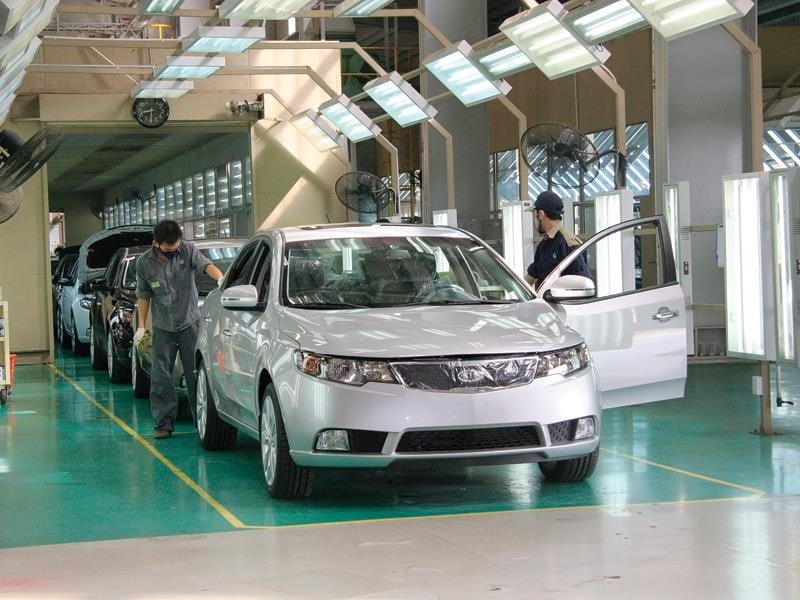 |
There must be drastic solutions to create a breakthrough and develop the automobile industry. Photo: TT |
The number of Vietnamese suppliers in the automobile industry currently has less than 100 tier 1 suppliers and 150 tier 2 and 3 suppliers. The production value of the supporting industry for the automobile industry accounts for only about 2.7% of the total production value of the entire industry. The localization rate for personal vehicles with up to 9 seats is lower than the set target and much lower than that of other countries in the region.
Sharing about the industry, according to Professor, Dr. Le Anh Tuan, Chairman of the Council of Hanoi University of Science and Technology, Thailand is a country with a fairly developed automobile industry. The total value of the automobile industry brings Thailand thousands of billions of baht each year. Currently, Thailand has nearly 600 tier 1 suppliers and 1,700 tier 2 and tier 3 suppliers for automobile assembly and production. However, the proportion of purely Thai domestic enterprises or enterprises owned by Thailand only accounts for 20% of the total value of the country's automobile industry.
For Vietnam, after decades of development, the automobile industry is still in phase 1, called the maintenance phase. Compared to countries in the region such as Thailand, which has achieved a localization rate of 65-70%, Vietnam is still several generations behind. Purely domestic enterprises in Vietnam participating in the supply chain for the automobile industry are not only few in number but also mainly produce simple products.
Further analysis, Dr. Truong Thi Chi Binh, Deputy General Secretary of the Vietnam Association of Supporting Industries (VASI), said that auto parts manufacturing in Vietnam is divided into two branches: high-value activities, mainly carried out by foreign-invested enterprises (FDI), and low-value activities are concentrated by domestic small and medium-sized enterprises. Of these, many small and medium-sized enterprises are falling into the “low productivity trap”.
From the perspective of the automobile supporting industry, Mr. Nguyen Cong Quyet, representative of the Vietnam Automobile Manufacturers Association (VAMA), said that the automobile supporting industry is still in phase 1 (maintenance phase). Enterprises mainly produce low-value and less competitive components. One of the main problems is that the automobile market is still small, leading to small production and difficulty in developing the supply chain.
Mr. Tran Ba Duong, Chairman of Truong Hai Group, pointed out that to invest in supporting industries, it requires large output and modern technology. However, we still do not have a clear strategy for supporting industries. The trend of switching to green vehicles is inevitable. We talk a lot about semiconductor chips, new technology, and participation in the global value chain, but there are no specific incentive policies.
Building an ecosystem for the automotive industry
For the automobile industry to develop sustainably, Vietnam needs to form domestic enterprises with strong potential, master technology and take a leading role, pulling other enterprises to join the supply chain, bringing the automobile industry up.
According to the assessment, if there are no solutions and policies to support the development of the domestic automobile manufacturing and assembly industry, mechanical engineering industry and automobile support industry, our country will become a car consumption market for FDI companies in Vietnam.
These factors have appeared in Vietnam so far. A typical example is VinFast Company. VinFast has shaped two large automobile industrial centers in Hai Phong and Ha Tinh. VinFast automobile factory in Hai Phong has a capacity of 250,000 vehicles/year, which can be increased to 900,000 vehicles/year. In Ha Tinh, VinFast has just started construction of a modern automobile factory with a capacity of 300,000 vehicles/year, which can be increased to 600,000 vehicles/year. VinFast is forming a supporting industrial cluster with the participation of many component suppliers, serving automobile assembly and export. Currently, VinFast's automobiles have achieved a localization rate of over 60%, which will increase to 84% by 2026.
Or like Truong Hai Group Joint Stock Company (THACO), the localization rate of this enterprise is even higher, with some vehicle lines reaching up to 70%. Enterprises and satellite units for Truong Hai include: R&D Center; Mechanical Manufacturing Center and 17 factories producing spare parts.
THACO has proactively produced many types of auto components and spare parts, such as car seats, interior components, glass, electric wires, leaf springs; mold production, air conditioners for passenger cars, trucks, buses; plastic components; car bodies, semi-trailers, bumpers, wires, seat covers, seat frames, mechanical components, plastic - composite components and other industrial equipment groups.
THACO's internal capacity is also demonstrated through the supply of OEM components (original equipment manufacturing) for many automobile and motorbike manufacturers in Vietnam such as: Hyundai, Toyota, Isuzu, Piaggio and FDI enterprises such as: General Electric, Doosan Vina, Makitech, Amann and exports to key markets such as: USA, Australia, UK, Italy, Russia, Canada, Sweden, Finland, Korea, Japan... revenue reached 160 million USD, with the goal of reaching 1 billion USD by 2025.
According to the leader of the Department of Industry, the active participation of leading enterprises such as THACO and Vinfast plays an important role in promoting the development of the automobile industry in general and the automobile support industry in particular. This is because this is an opportunity for secondary component suppliers to exchange, research, and improve their skills and product quality.
Prof. Dr. Le Anh Tuan believes that when there is a “locomotive”, businesses in the automobile industry will face the opportunity to grow. With the pioneering of the above businesses, an automobile ecosystem will be created for Vietnam, thereby opening up a new future for the automobile industry and domestic production, expanding the domestic component network, promoting the development of the supporting industry in the future.
| With the forecast of our country's automobile demand in 2025 according to the average plan of about 800 - 900 thousand vehicles and in 2030 about 1.5 - 1.8 million vehicles, if the domestic automobile manufacturing and assembly industry is not developed, the entire car market will be imported vehicles; 50% imported passenger cars and trucks, 50% domestically produced with a localization rate of 50%, then the import turnover in 2025 is expected to be about 12 billion USD and in 2030 it will be 21 billion USD. |
Source: https://congthuong.vn/tao-dot-pha-phat-trien-nganh-cong-nghiep-o-to-369566.html








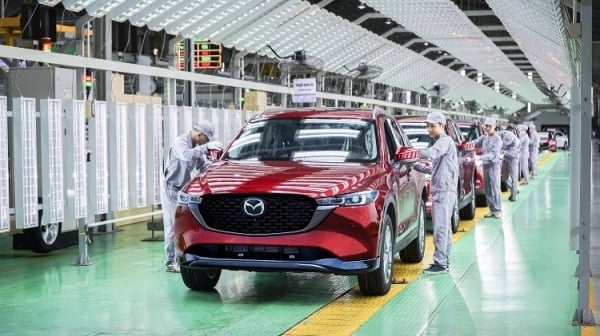

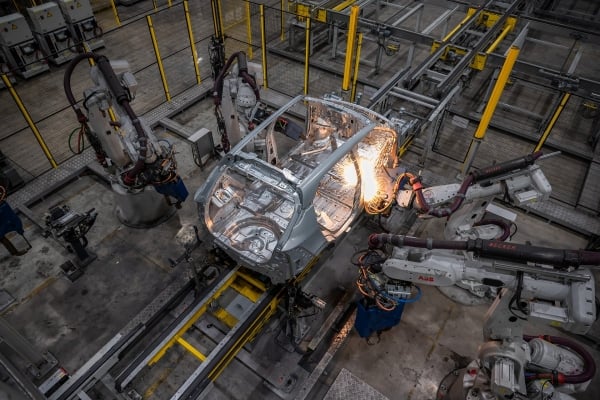
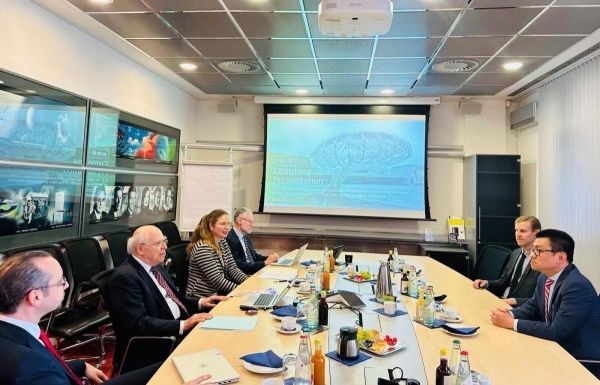
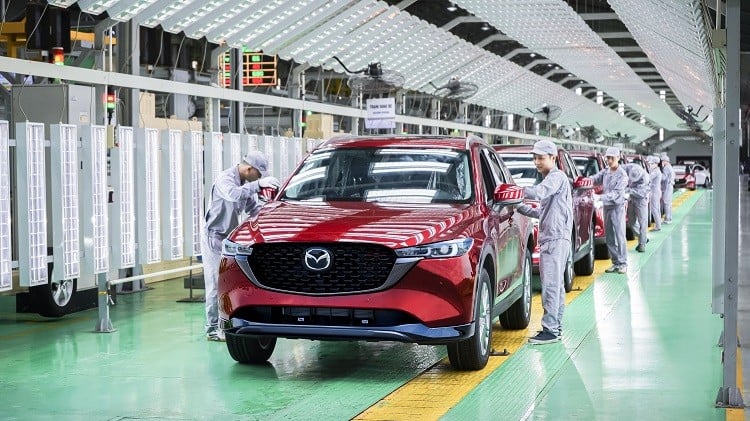
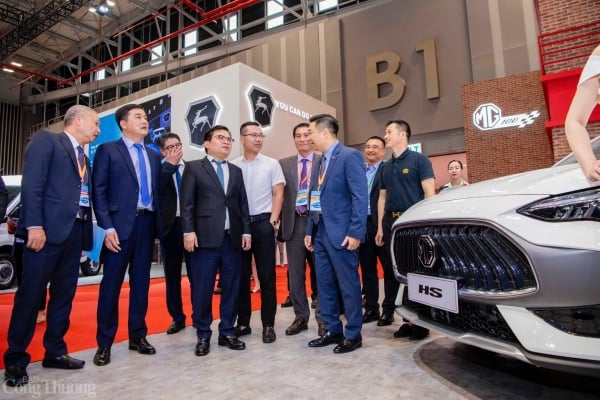
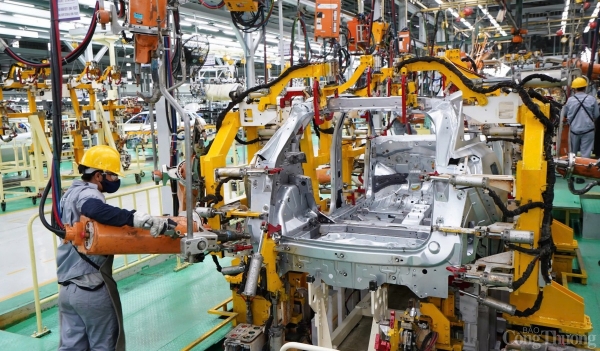


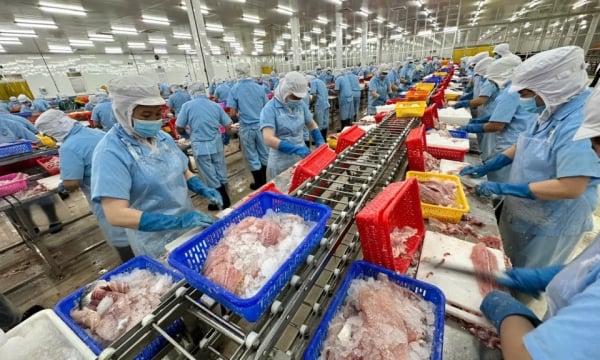









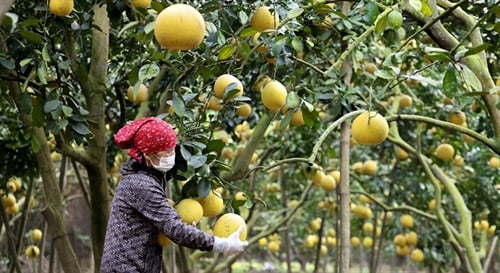



![[Photo] "Beauties" participate in the parade rehearsal at Bien Hoa airport](https://vstatic.vietnam.vn/vietnam/resource/IMAGE/2025/4/11/155502af3384431e918de0e2e585d13a)




























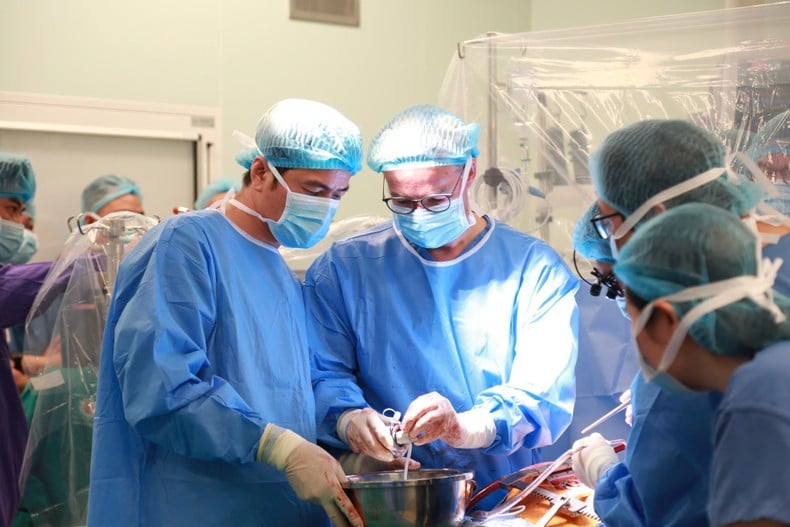











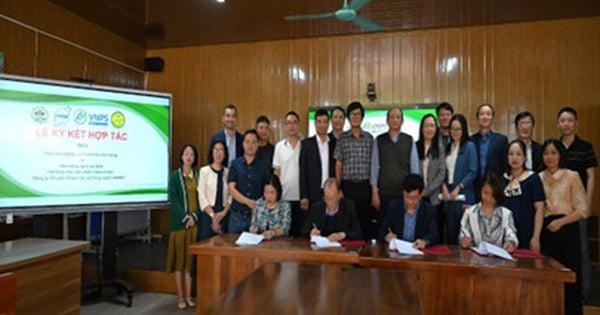

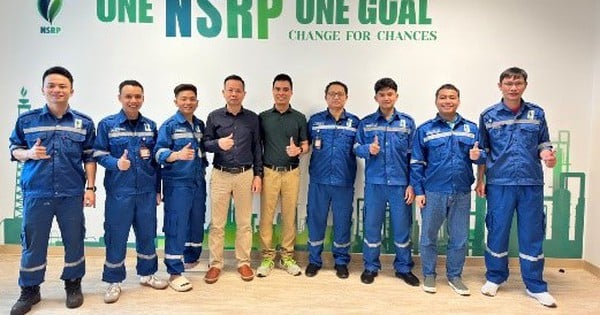






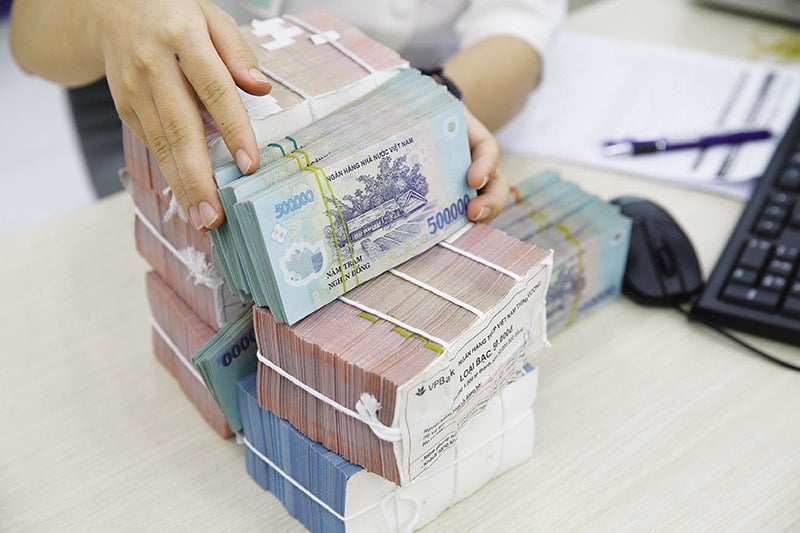










Comment (0)